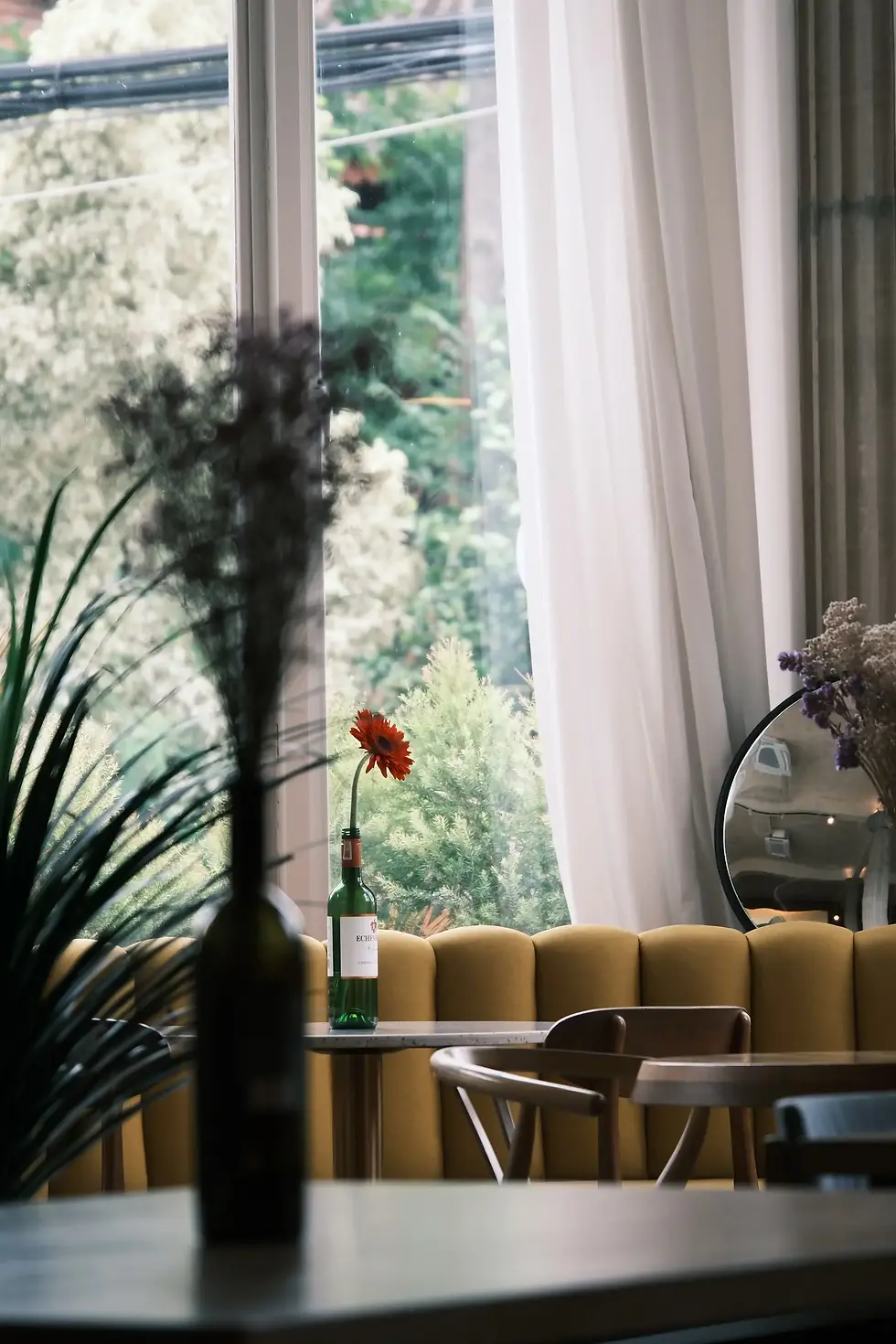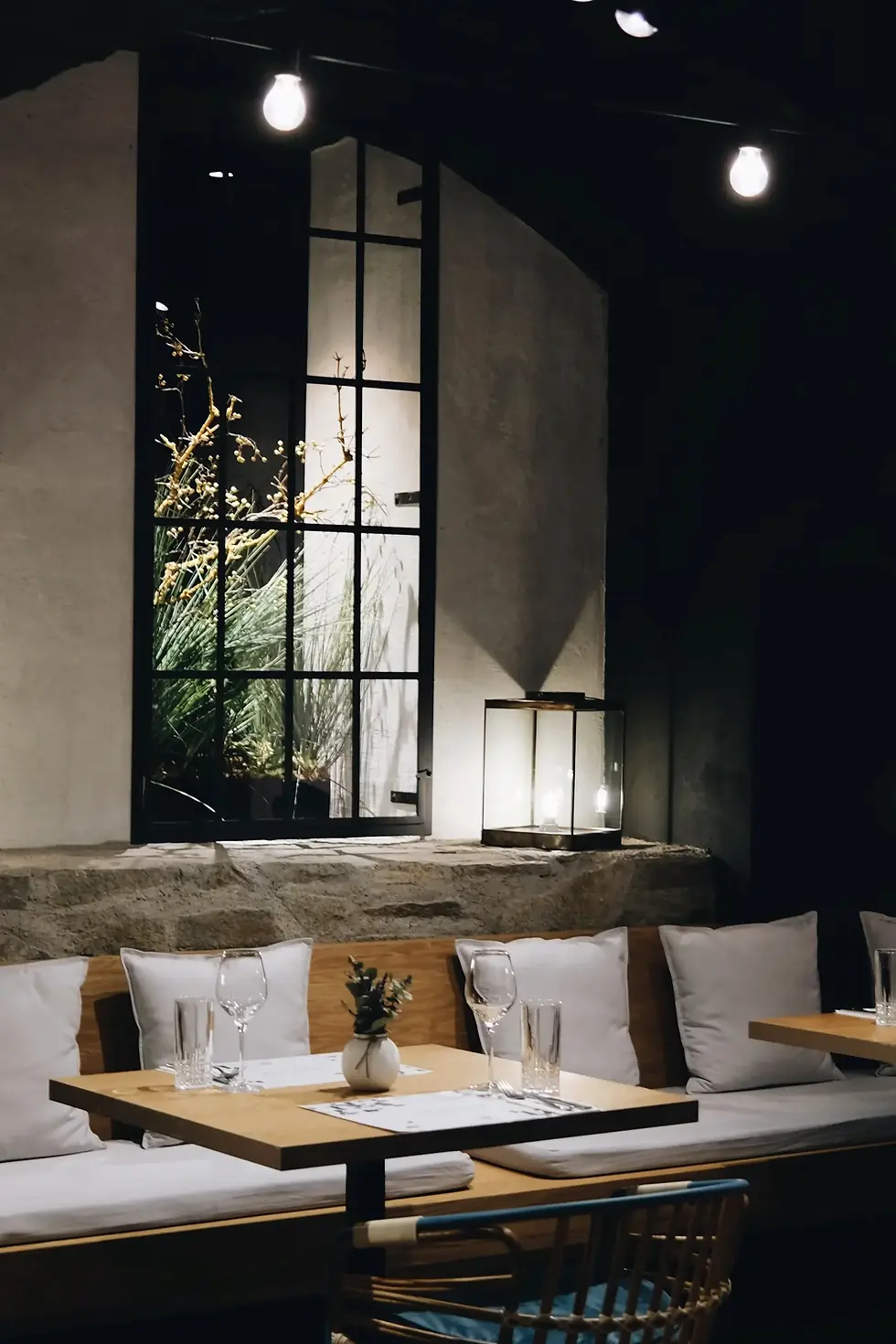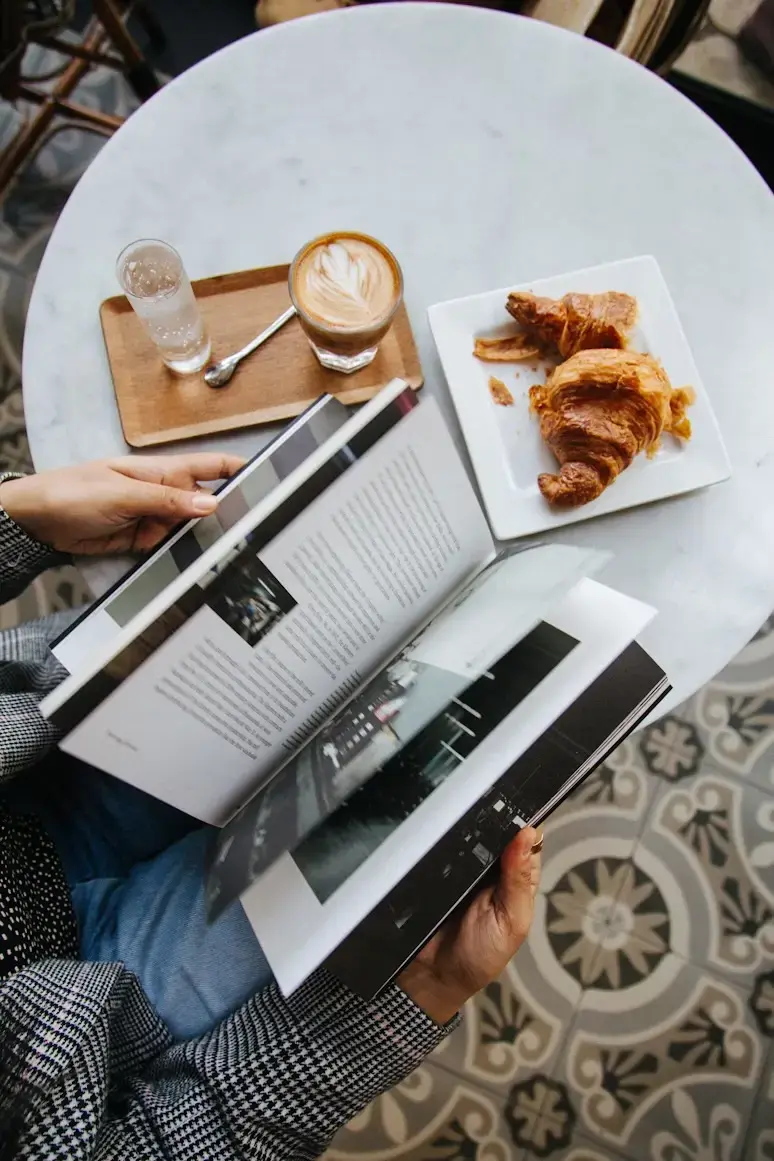Working With Interior Designers: Collaborative Hotel Furniture Projects
- Home Staging Portugal
- Aug 4, 2025
- 6 min read
The hospitality industry has undergone a dramatic transformation in recent decades, with hotel design evolving from purely functional spaces to immersive experiences that reflect brand identity and create lasting memories for guests. At the heart of this evolution lies the critical partnership between hotel furniture manufacturers and interior designers, a collaboration that demands seamless communication, shared vision, and mutual respect for each profession's expertise.
Modern travelers expect more than just a place to sleep; they seek environments that inspire, comfort, and reflect their values. This shift has elevated the importance of thoughtful furniture selection and custom design solutions that align with overall interior concepts while meeting the rigorous demands of commercial hospitality use. The most successful hotel projects emerge from partnerships where furniture specialists and interior designers work as integrated teams rather than separate entities.

Understanding the Designer's Vision
Translating Concept to Reality
Interior designers approach hotel projects with comprehensive visions that encompass everything from color palettes and spatial flow to emotional atmosphere and brand storytelling. Their furniture requirements extend far beyond basic functionality to include specific aesthetic qualities, cultural references, and experiential elements that support their overall design narrative. Successful furniture manufacturers learn to speak this creative language while providing practical guidance on execution.
The initial phase of any collaborative project involves deep listening and interpretation. Designers often communicate through mood boards, conceptual sketches, and abstract references that require translation into tangible furniture specifications. Experienced furniture partners develop the ability to understand the emotional and aesthetic goals behind these presentations, asking clarifying questions that help bridge the gap between creative vision and manufacturing reality.
This translation process requires patience and expertise in both design theory and production capabilities. Furniture specialists must understand how material choices, proportions, and finishing techniques contribute to the overall spatial experience while ensuring that proposed solutions meet durability, safety, and budget requirements essential for commercial hospitality applications.
Brand Alignment and Guest Experience
Contemporary hotel design focuses heavily on brand differentiation and guest experience creation. Interior designers carefully craft environments that tell specific stories, evoke particular emotions, and create Instagram-worthy moments that guests want to share. Furniture plays a crucial role in this storytelling, serving as both functional objects and narrative elements that support the overall brand message.
Luxury boutique hotels might require furniture that conveys exclusivity and craftsmanship, while contemporary business hotels need pieces that communicate efficiency and modern professionalism. Resort properties often call for furniture that bridges indoor and outdoor living while withstanding challenging environmental conditions. Understanding these brand requirements helps furniture manufacturers propose solutions that enhance rather than compromise the designer's vision.
The most successful collaborations involve furniture partners who contribute creative ideas while respecting the designer's leadership in aesthetic decisions. This might include suggesting alternative materials that achieve similar visual effects with better performance characteristics, or proposing modular designs that provide flexibility while maintaining design integrity.
Technical Expertise and Problem-Solving
Meeting Commercial Grade Requirements
Hotel furniture faces demands that far exceed residential applications. Pieces must withstand constant use by diverse guests, frequent cleaning with commercial-grade products, and the wear patterns associated with high-turnover environments. Interior designers often focus primarily on aesthetic and experiential qualities, relying on furniture partners to ensure that beautiful designs can survive the realities of commercial hospitality use.
Fire safety regulations, accessibility requirements, and health department standards all influence furniture design and material selection in ways that may not be immediately apparent to designers focused on aesthetic outcomes. Experienced furniture manufacturers serve as essential consultants in navigating these technical requirements while preserving design intent. This expertise becomes particularly valuable in international projects where local regulations may differ significantly from designers' previous experience.
Durability testing, warranty considerations, and maintenance requirements all factor into successful hotel furniture selection. The best collaborative relationships involve transparent discussions about these practical concerns early in the design process, allowing for design modifications that improve performance without compromising aesthetic goals.

Custom Solutions and Manufacturing Challenges
Many hotel projects require custom furniture solutions that cannot be achieved through standard catalog selections. These custom pieces present unique manufacturing challenges that require close collaboration between designers and production teams. Understanding manufacturing processes, lead times, and cost implications helps designers make informed decisions about where to invest in custom solutions versus where to adapt existing designs.
Complex upholstery details, specialized finishes, and unusual proportions all present manufacturing challenges that require early identification and problem-solving. The most successful projects involve ongoing dialogue between design and production teams throughout the development process, with regular prototyping and refinement ensuring that final products meet both aesthetic and performance expectations.
Quality control becomes particularly critical in custom furniture production, as there are no established precedents for evaluating success. Clear communication about expectations, detailed specifications, and regular checkpoint reviews help ensure that custom pieces meet project requirements and timeline constraints.
Project Management and Timeline Coordination
Aligning Design Development with Production Schedules
Hotel construction projects operate under intense schedule pressure, with opening dates that cannot be postponed due to booking commitments and operational planning requirements. Furniture delivery must align precisely with construction completion and installation schedules, requiring careful coordination between design development and manufacturing timelines.
Interior designers often work on compressed schedules that allow limited time for furniture specification and approval processes. Successful furniture partners learn to work within these constraints while ensuring that all necessary technical and aesthetic requirements are addressed. This might involve developing preliminary specifications based on conceptual information, then refining details as design development progresses.
The most effective collaborations involve early engagement between furniture manufacturers and design teams, allowing for parallel development of design concepts and technical specifications. This approach reduces the risk of timeline conflicts while ensuring that furniture solutions properly integrate with overall interior design concepts.
Installation and Post-Opening Support
The installation phase of hotel furniture projects requires careful coordination with other trades and tight scheduling to meet opening deadlines. Experienced furniture partners understand the complexities of hotel installation environments and plan accordingly for access limitations, phased delivery requirements, and coordination with other project elements.
Post-opening support becomes crucial as hotels begin operations and identify any furniture performance issues or additional needs. The best collaborative relationships extend beyond project completion to include ongoing support for warranty issues, replacement needs, and future expansion requirements. This long-term partnership approach benefits both designers and hotel operators while creating opportunities for future collaboration.
Building Long-Term Partnerships
Communication and Trust Development
Successful designer-manufacturer relationships develop over multiple projects, with each collaboration building trust and improving communication efficiency. Designers learn to rely on furniture partners' technical expertise and problem-solving abilities, while manufacturers develop deeper understanding of individual designers' aesthetic preferences and working styles.
Regular communication throughout projects, transparent discussion of challenges and limitations, and consistent delivery of promised results all contribute to strong partnership development. The most valued furniture partners become trusted advisors who contribute creative solutions while supporting designers' leadership in aesthetic decisions.
These relationships often extend beyond individual projects to include early involvement in concept development, participation in design presentations, and ongoing consultation on furniture trends and innovations that might benefit future projects.
Innovation and Market Leadership
The most dynamic designer-manufacturer partnerships push the boundaries of hotel furniture design, developing innovative solutions that set new industry standards. This might involve experimenting with new materials, exploring novel manufacturing techniques, or creating entirely new furniture categories that respond to evolving guest expectations and operational requirements.
Leading furniture manufacturers invest in research and development that anticipates future design trends and hospitality industry needs. Sharing these insights with designer partners creates opportunities for collaborative innovation that benefits both parties while advancing the overall state of hotel design.
The hospitality industry's rapid evolution creates constant opportunities for creative partnerships that address emerging challenges and opportunities. Success in this environment requires furniture manufacturers who view themselves as creative partners rather than simply vendors executing others' specifications.

Conclusion: The Future of Collaborative Design
The relationship between interior designers and hotel furniture manufacturers continues to evolve as the hospitality industry adapts to changing guest expectations, technological innovations, and operational challenges. The most successful projects emerge from partnerships built on mutual respect, clear communication, and shared commitment to creating exceptional guest experiences.
Future collaborations will likely involve even greater integration between design and manufacturing teams, with technology enabling more sophisticated visualization, prototyping, and customization capabilities.
Virtual reality tools, advanced materials, and flexible manufacturing processes will create new opportunities for creative partnership while maintaining the fundamental importance of trust, expertise, and collaborative problem-solving.
The hotels that stand out in an increasingly competitive market will be those that successfully integrate beautiful design with practical functionality, creating environments that delight guests while supporting efficient operations. Achieving this integration requires furniture manufacturers and interior designers who understand each other's priorities and work together as true partners in creating memorable hospitality experiences.
).png)



Comments